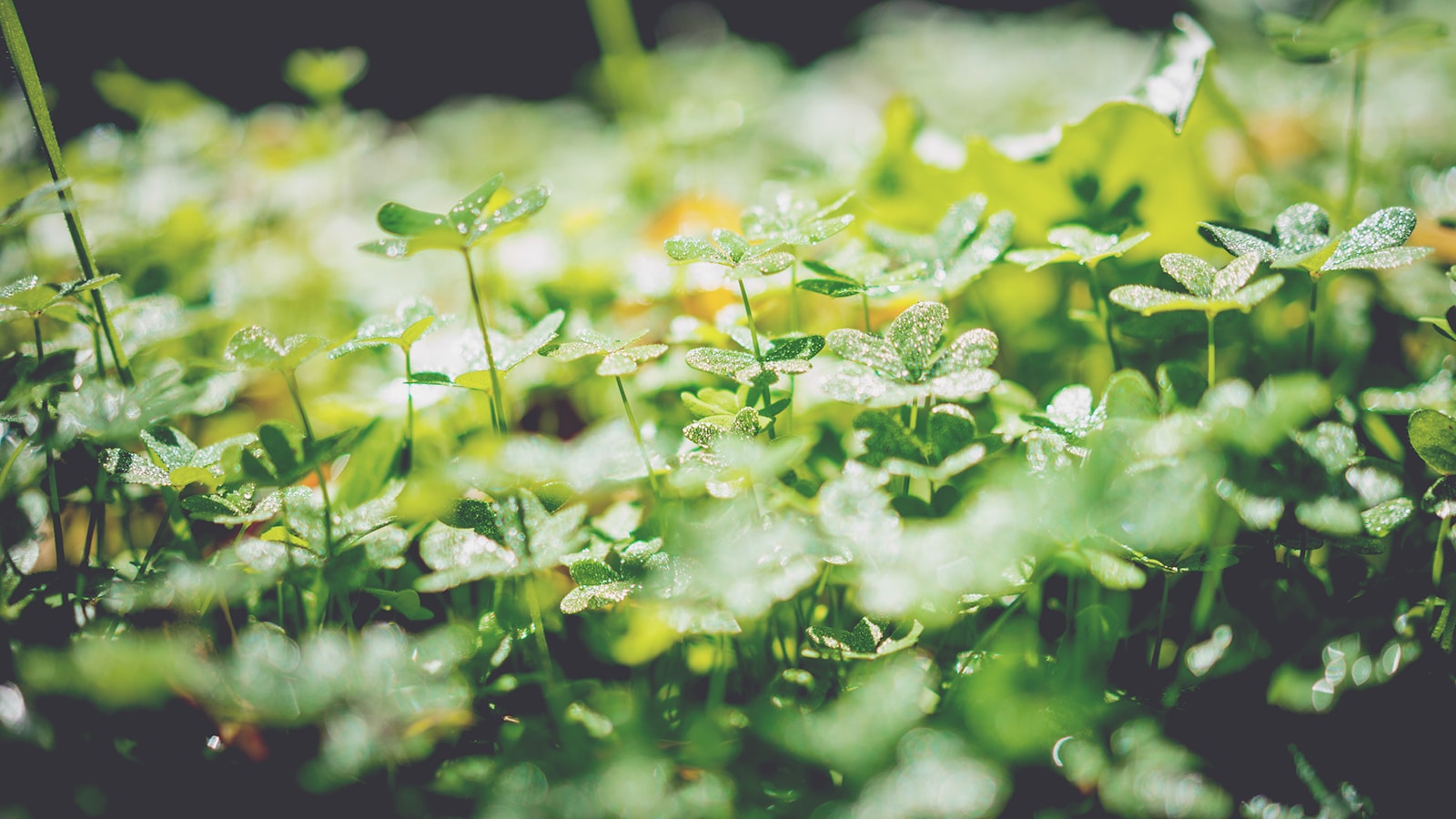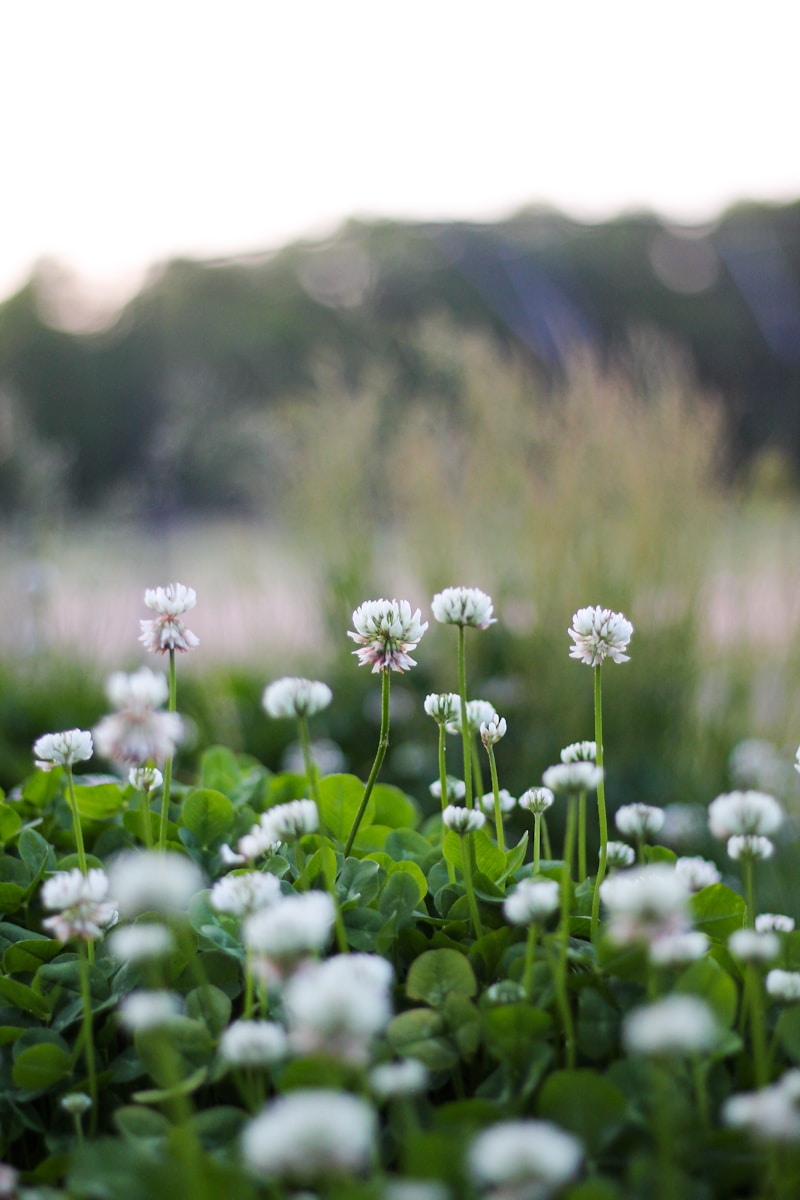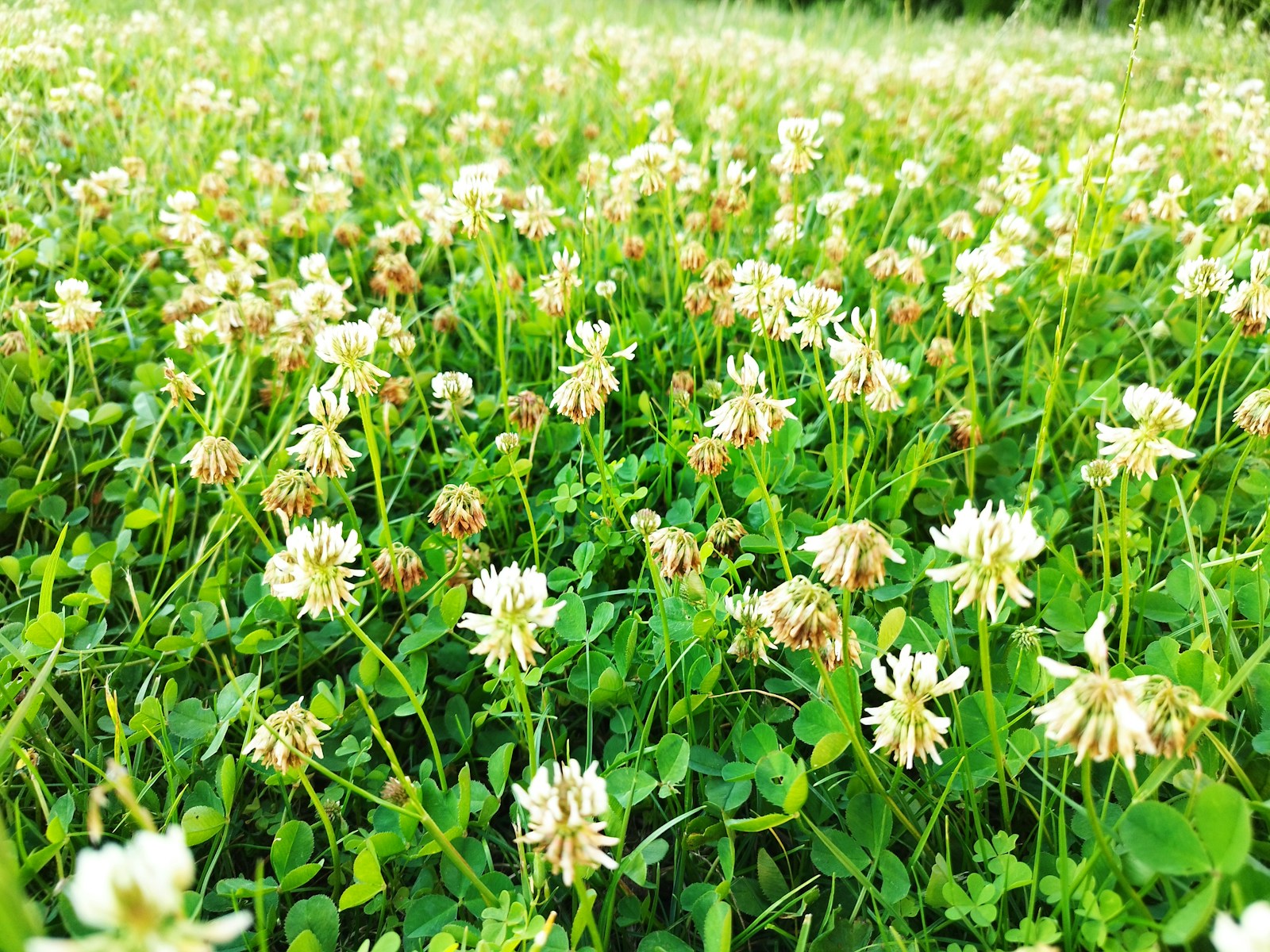Peaty soil, often found in cooler climates like the northern states (Minnesota, Wisconsin, Michigan), parts of the Pacific Northwest (Washington, Oregon), and some areas of New England, presents unique challenges and opportunities for gardeners. Its high organic content, excellent moisture retention, and acidic pH offer certain advantages—but also require thoughtful management. Whether you’re a seasoned green thumb or a gardening novice, this guide will provide you with everything you need to know to thrive in peaty soil.
What is Peaty Soil?
Peaty soil is a type of organic-rich soil that contains a significant amount of decomposed plant material. It forms in areas with high moisture and low drainage, like wetlands and bogs, and is characterized by its dark, spongy texture. These soils are rich in organic matter, typically have a low pH (acidic), and retain moisture exceptionally well, making them ideal for certain types of plants that thrive in these conditions.
Regions Where Peaty Soil Is Common
Peaty soils are most commonly found in regions with cooler climates and high rainfall. The following areas are known for their presence of peaty soils:
- Northern States: Minnesota, Wisconsin, Michigan
- Pacific Northwest: Washington, Oregon
- New England: Parts of Vermont and Maine
Peaty soil is typically associated with boggy, wetland environments, where waterlogged conditions slow down decomposition, leading to an accumulation of organic matter over time.
Characteristics of Peaty Soil
High Organic Matter: Peaty soil contains a substantial amount of decomposed plant material. This gives the soil a rich, dark color and provides essential nutrients to plants.
Excellent Moisture Retention: Due to its high organic content, peaty soil can absorb and retain moisture well. However, this can also mean it remains damp for long periods, which may be a challenge for some plant types that don’t tolerate wet feet.
Acidic pH: Peaty soil typically has an acidic pH, often ranging between 4.0 and 5.5. While this can be beneficial for certain acid-loving plants (like blueberries and rhododendrons), it can hinder the growth of plants that prefer neutral or alkaline conditions.
Pros and Cons of Peaty Soil
Pros:
- Ideal for Acid-Loving Plants: Plants like blueberries, cranberries, and ferns thrive in the acidic, organic-rich conditions of peaty soil.
- Moisture Retention: Peaty soil helps conserve water, reducing the need for frequent irrigation in wetter climates.
- Nutrient-Rich: The decomposed plant material in peaty soil provides essential nutrients for plant growth.
Cons:
- Excessive Moisture: In regions with heavy rainfall or poor drainage, peaty soil can become waterlogged, which may stunt root growth and lead to root rot in certain plants.
- Low Nutrient Availability for Some Plants: While rich in organic matter, peaty soil can be low in essential minerals like calcium and magnesium, which may be needed for plant health.
- Acidity: The low pH may limit the variety of plants you can grow, especially those that require a more neutral pH.
How to Improve Peaty Soil for Planting
If you’re looking to grow plants in peaty soil, you may need to amend it in order to provide a balanced environment for your garden. Here are several strategies to improve its condition:
1. Adjusting pH Levels
If your plants require a more neutral pH, consider adding lime to your peaty soil. Lime helps to raise the pH and reduces acidity, making it more suitable for a wider variety of plants. Be sure to conduct a soil test before applying lime to determine how much is needed.
2. Improve Drainage
While peaty soil is excellent at retaining moisture, it can easily become waterlogged. To address drainage issues, mix in coarse sand, perlite, or fine gravel. This will help create air pockets within the soil, promoting healthier root growth and preventing water from accumulating around plant roots.
3. Enhancing Nutrient Availability
Although peaty soil contains organic matter, it can lack certain nutrients like calcium and magnesium. Adding organic compost or well-rotted manure can improve nutrient content and promote healthy plant growth. You can also use organic fertilizers to supplement nutrients.
4. Incorporating Mulch
Using mulch around plants helps retain moisture while also preventing weeds and maintaining a stable temperature in the soil. In areas with cool climates, mulch can also help regulate soil temperature in the colder months.
Plants That Thrive in Peaty Soil
While some plants struggle in the conditions found in peaty soils, others excel. Here are a few to consider:
- Blueberries: They love acidic, moist environments and are perfect for peaty soils.
- Rhododendrons: These acid-loving shrubs are well-suited to peaty conditions.
- Ferns: Particularly those that grow naturally in wetlands or bogs, ferns thrive in the moisture-rich environment of peaty soil.
- Cranberries: Just like blueberries, cranberries are a great fit for acidic, moist soils.
- Heathers: These hardy plants prefer slightly acidic soil and benefit from the nutrient-rich composition of peaty ground.
Common Mistakes When Working with Peaty Soil
- Overwatering: Peaty soil naturally retains moisture, so it’s important not to overwater. Too much water can suffocate the roots of your plants, leading to rot.
- Underestimating pH: If you’re not careful, the acidity of peaty soil can affect plants that need a neutral or alkaline pH. Regular testing and adjustments are important to keep plants healthy.
- Poor Drainage: Many gardeners fail to improve drainage, leading to a waterlogged garden that can stunt growth or cause plants to die from root rot. Ensure proper drainage through soil amendments.
- Ignoring Fertilization Needs: Peaty soil is nutrient-rich in organic matter, but it might not contain all the essential nutrients for certain plants. Supplementing with organic compost and fertilizer can make a big difference.
Case Study: Gardening in Peaty Soil in Oregon
Sue, a gardener in Portland, Oregon, faced challenges with her dense, peaty soil. After a few attempts at growing flowers, she realized that the moisture levels were too high, which led to root rot. By incorporating perlite and adding lime to increase the pH, she created a better growing environment. She also introduced drainage solutions like gravel and mulch, which helped improve root health and provided her garden with a much-needed boost.
Environmental Considerations and Sustainability
Peat bogs are important ecological systems that support biodiversity, so it’s essential to use peaty soil responsibly. Over-harvesting peat for gardening can lead to significant environmental harm. As such, it’s a good idea to look for sustainably sourced peat or to consider peat alternatives such as coconut coir, which can provide similar benefits without the environmental impact.
Final Thoughts
Growing in peaty soil offers both challenges and rewards. By understanding its characteristics—such as high organic matter, moisture retention, and acidity—you can tailor your gardening techniques to suit these conditions. With the right amendments and a focus on sustainability, you can grow thriving plants that love the unique qualities of peaty soil.



